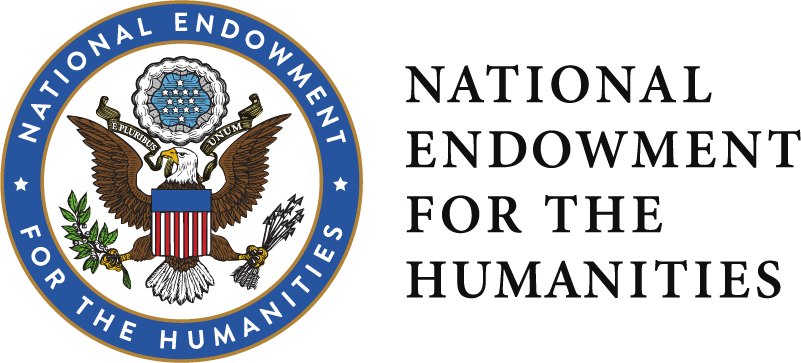Buddha
Place made:Korea
General region:Asia
Culture: Korean
Period: Joseon
Dynasty: Joseon
Date: 17th-18th century
Medium: Bronze and wood
Dimensions:
h. 20 1/4 in. (51.4 cm); w. 16 in. (40.6 cm); d. 11 in. (27.9 cm)
Credit Line: San Antonio Museum of Art, gift of Floyd L. Whittington
Object number: 97.11.117.a-b
Label Text
The Buddha here is seated in meditation. His right hand is in the earth-touching gesture, an allusion to Shakyamuni’s resistance to evil Mara, who tried to tempt him away from his meditation and enlightenment. This gesture, when combined with the placement of his left hand above his right foot, means wisdom, reincarnation, and truth. Common to depictions of the Buddha are the snail-shell curls of hair, a protuberance at the head, and the elongated earlobes. The swastika on the Buddha’s chest is an ancient Vedic symbol originating in India that generally means “in all directions.”
This Korean bronze Buddha and the Chinese gilded Buddha in this gallery share significant iconographic and decorative vocabularies, indicating renewed exchanges between the two cultures after the sixteenth century. Both Buddhas are dressed in similarly fashioned monastic robes; however, the full round face and more naturalistically rendered body of this Buddha represent distinctive Korean taste.
This Korean bronze Buddha and the Chinese gilded Buddha in this gallery share significant iconographic and decorative vocabularies, indicating renewed exchanges between the two cultures after the sixteenth century. Both Buddhas are dressed in similarly fashioned monastic robes; however, the full round face and more naturalistically rendered body of this Buddha represent distinctive Korean taste.
On view
In Collection(s)
The San Antonio Museum of Art is in the process of digitizing its permanent collection. This electronic record was created from historic documentation that does not necessarily reflect SAMA's complete or current knowledge about the object. Review and updating of such records is ongoing.




 This resource has been made possible in part by the National Endowment for the Humanities: Exploring the Human Endeavor.
This resource has been made possible in part by the National Endowment for the Humanities: Exploring the Human Endeavor.
